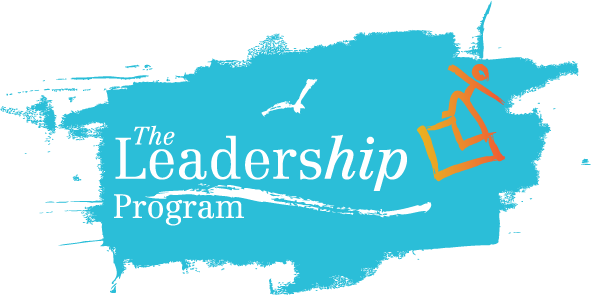Each year, as many as three million kids are exposed to gun violence in the U.S. Whether injured, having witnessed a shooting, or simply attending a school where gun violence has taken place, can negatively affect students in numerous ways. Schools, of course, are tasked with keeping children and staff safe while delivering their educational programming. These days, unfortunately, maintaining safety and security is more challenging than ever.
What Are the Negative Effects of Gun Violence in Schools?
Earlier this year, Stanford University released a ground-breaking study detailing the effects of attending schools where shootings have occurred. This comprehensive analysis found that students attending schools with gun violence “have higher rates of school absenteeism, lower high school and college graduation rates, and earn lower incomes by their mid-twenties.”
But that’s not all. Certainly students and faculty who are physically injured or killed as a result of school shootings represent the most obvious negative impact of this type of violence, but there are also emotional scars that those physically injured suffer as well as those who attend the school and were not physically injured during a shooting. In areas where school shootings have occurred, antidepressant use has escalated, on average, 21% among teens and young adults.
Gun violence and the threat of future gun violence in public schools or on school campuses is traumatic for students, faculty, and families. School shootings trigger mental health disturbances that can be challenging to manage. Many public schools where gun violence has occurred have a very limited number of school counselors; moreover, these counselors are not equipped to provide clinical mental health treatment that includes medication. Many students find that they need a robust level of mental health treatment to help them combat the mental effects of the trauma they experienced.
Prevention of School Shootings
Preventing the loss of life is paramount for today’s schools. School boards and administrations are addressing the problem of school violence from numerous angles. They’re exacting strict protocols that require background checks for anyone entering classrooms (including parents). They’re investing in security systems and features like metal detectors at school entrances. They’re hiring security guards and inviting a police presence on school campuses.
However, even these measures are not enough to deal with the effects of gun violence. Many school administrators want to address school violence from the inside because often perpetrators of school shootings are students themselves. Consequently, many schools are consulting with organizations that can help them develop a robust school violence prevention plan.
The Leadership Program can work with both administrators and staff on prevention initiatives designed to help schools foster a safe learning environment. There are prevention measures that can help staff identify students who may be at risk of a mental health disturbance. Anti-violence programs can also help students learn how to cope with their negative emotions in a healthy manner.
Gun violence in America remains a pressing issue that’s linked to child and teen mental illness. The Leadership Program offers violence prevention programming that can help schools create a safer environment through the development of new policies, procedures, and initiatives designed for both staff and students. Contact The Leadership Program for more information.


Comments [0]
Click here to read/write comments